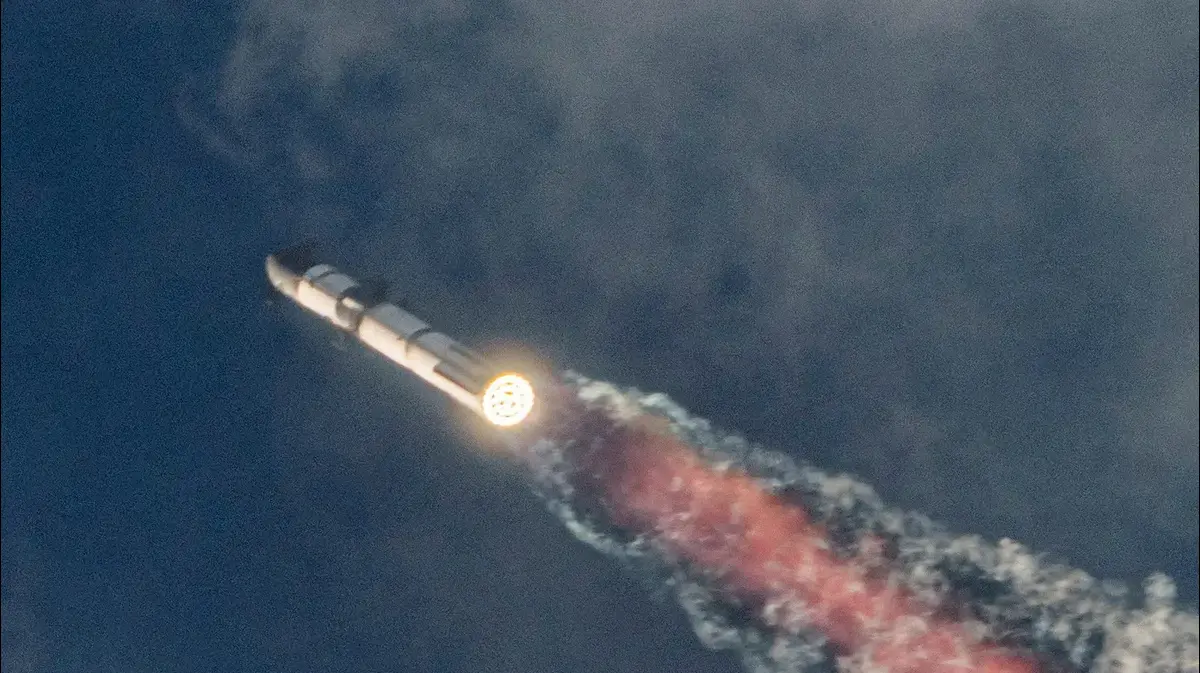On February 11, 2015, SpaceX launched a satellite for the first time far beyond the immediate vicinity of the Earth, more than a million kilometers from here.
The goal?
Allow the United States to observe the climate of our planet from a stable point in the Earth-Sun axis (the Lagrange point 1).
But if the first stage of the Falcon 9 rocket ended its race in the ocean, 10 m from the planned location, the second had a less controlled trajectory.
Located at a very high altitude after releasing the satellite, it could not reach Earth orbit due to a lack of fuel.
Subjected to both the attractions of the Moon and the Earth, it has since described a “somewhat chaotic orbit”, as the specialized site Ars Technica explains.
Seven years later, surprise, he is talking about him again: according to data collected by the American expert Bill Gray, this piece of rocket should hit the Moon on March 4th!
Despite some uncertainties, these predictions are made “with a good dose of confidence”, he supports on the site of his software Project Pluto, which makes it possible to track various objects in the solar system.
If this is not the first time that a rocket stage crashes into the Earth's satellite, “it is the first involuntary case of which I am aware”, assures Bill Gray.
Good for knowledge?
In the 1970s, several stages of rockets from the American Apollo program ended their journey on the celestial body. “The impact of the stages generated a seismic wave which made it possible to study the interior of the Moon thanks to the seismometers installed by the
(previous)
missions , tells a connoisseur to the Parisian. Today, no seismometer is active there unfortunately. In 2009, an upper stage deliberately crashed into the Moon. This mission, entitled LCROSS, had thus confirmed the presence of water on its far side, near its South Pole.
During the same launch, NASA had sent the Lunar Reconnaissance Orbiter (LRO), a probe that still orbits in low orbit around the Moon, into space.
Will she soon be able to immortalize the impact of the first stage of the Falcon 9?
Barring a huge stroke of luck, it will be difficult for it to be in the right place at the right time, just like the Indian probe Chandrayaan-2, also placed in orbit around the Moon.
But maybe one or the other will be able to observe the crater and collect data on the lunar floor.
For those asking: yes, an old Falcon 9 second stage left in high orbit in 2015 is going to hit the moon on March 4. It's interesting, but not a big deal.
—Jonathan McDowell (@planet4589) January 25, 2022
Usually, the upper stages of rockets are placed in orbit around the Sun or burn up in the Earth's atmosphere.
On social networks, many have railed in recent hours against the company SpaceX, accused of polluting the Earth satellite.
Provoking this reaction, on Twitter, from American astronomer Jonathan McDowell, who confirmed the date of impact: “Yes, an old Falcon 9 second stage left in high orbit in 2015 will hit the Moon on March 4.
It's interesting, but it doesn't matter.
»











